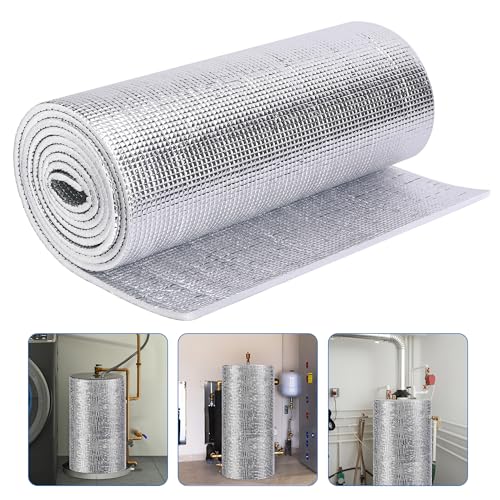Hello. I bought a new fridge. I'll put the specs below. Home Depot is going to remove my old fridge, which has a water supply line. I recently turned off the valve to start prepping the fridge for removal, but I over tightened it and I heard a crack. I don't know the exact extent to which it's damaged, but I don't trust it anymore and want to replace the valve.
The value is turned all the way to the right now. There is a visible crack on the oval-shaped handle that you turn to shut it off (or open it), but I don't see any water leak.
First thing's first. I have to remove the water supply line so that they can take the old fridge away. Would you please watch the video below, tell me whether you think it's safe to remove the water supply, and give me some advice on how to do that. If I can't get you to watch the video (which I really need you to do), I will include a picture too. One big question is whether I can even take it off without shutting off the main and draining the water lines (however you do that). Again, I don't detect a leak right now.
The second issue is less pressing but still important. I need some advice on what type of valve I have and how to replace it. The valve has different joints so I need to know exactly what to get. I also need to know if shutting of the main is enough to work on it or if I am going to have to have the water lines drained (however you do that). For what it's worth, I live in a high-rise condo building.
I am a newbie so I could really use some links to applicable Youtube videos if you could.
Thank you and happy New Year!!!
New fridge: GE21.9 cu. ft. Top Freezer Refrigerator in Fingerprint Resistant Stainless Steel, Garage Ready
Model: GTS22KYNRFS
The value is turned all the way to the right now. There is a visible crack on the oval-shaped handle that you turn to shut it off (or open it), but I don't see any water leak.
First thing's first. I have to remove the water supply line so that they can take the old fridge away. Would you please watch the video below, tell me whether you think it's safe to remove the water supply, and give me some advice on how to do that. If I can't get you to watch the video (which I really need you to do), I will include a picture too. One big question is whether I can even take it off without shutting off the main and draining the water lines (however you do that). Again, I don't detect a leak right now.
The second issue is less pressing but still important. I need some advice on what type of valve I have and how to replace it. The valve has different joints so I need to know exactly what to get. I also need to know if shutting of the main is enough to work on it or if I am going to have to have the water lines drained (however you do that). For what it's worth, I live in a high-rise condo building.
I am a newbie so I could really use some links to applicable Youtube videos if you could.
Thank you and happy New Year!!!
New fridge: GE21.9 cu. ft. Top Freezer Refrigerator in Fingerprint Resistant Stainless Steel, Garage Ready
Model: GTS22KYNRFS



























































